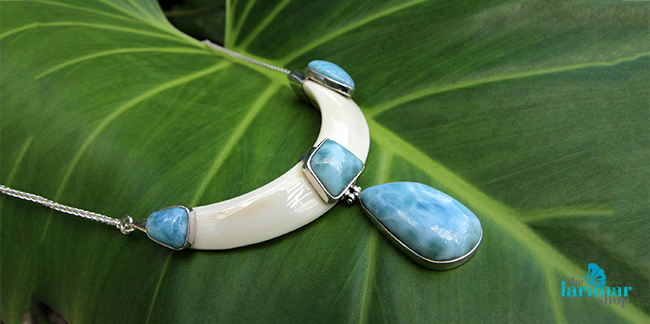Cotui is one of the
oldest cities of the New World, capital of the province of Sanchez Ramirez,
located in the south Cibao region, in the center of the Dominican Republic.
Nicolas de Ovando, who was the governor of the Hispaniola Island, the Dominican
Republic is on the eastern side of the island, ordered Rodrigo de Trujillo de
foundation of this city. Cotui is the name of a Taino leader (Cotoi) who was
ruling a well organized taino population of that area.
 |
| Gold from Pueblo Viejo, Cotui |
Besides their agricultural
activities, these Taino Indians were also involved in mining of the outcropping
Pueblo Viejo gold deposit. The Spanish rulers mined this gold deposit from 1505
thru 1525 when the mine was abandoned for the gold mines in Mexico. The first
African slaves in the Hispaniola Island arrived in Cotui to work at the gold
mine.
Archaeological
excavation at Pueblo Viejo is proving that this was the first gold mine built
by the Spanish settlers in the New World.
 |
| Growing rice |
In 1562 this city,
together with other spanish settlements, was destroyed by an earthquake. It is
understood that the Spanish colonization in the Hispaniola island started here!
 |
| Ducks coming from Canada |
Cotui and Pueblo
Viejo, which is a part of the city, are situated in the Yuna valley in the
Cibao region, in the central mountain range, which runs from the Haitian border
to the Caribbean Sea, with the highest peak of the Caribbean, Pico Duarte of
3,175 m. It is a highly gifted place with rich soils producing agricultural
products such as rice, plantains, pineapples, cacao, passion fruits and yams!
The beauty of its landscapes is highlighted with its crystal clear river waters
and the largest artificial lake of the Caribbean, Presa de Hatillo, Hatillo
Dam. Also its prehistoric caves, called guacaras, with drawings and pictographs
of the Taino Indians, are of great interest. Thousands of migrating ducks from
Canada come to spend winter in this habitat.
Cotui is also rich
in gold, silver, bauxite, iron, nickel and marble mines!!
As at December 31,
2013, Pueblo Viejo had proven and probable gold reserves of 9.7 million ounces
and a mine life of 25 years and beyond!!
 |
| Presa de Hatillo |
From Mining.com,
which ranked the gold mine in Pueblo Viejo number 7 in their top 10 list of
world’s top 10 gold deposits, we quote” It might surprise some that this small
island nation is rich in mineral reserves. The open pit mine is very new and
began production in January 2013. It also has large silver and copper reserves
to complement its gold deposit. As it ramps up to full production, it will also
be one of the largest producers in the world, but we’ll save production figures
for a separate Top 10 list.
 |
| Platanuses - Carnival Custome |
One of the oldest
Carnival celebrations took place in Cotui, although it was introduced by the
Spanish colony, with its cultural influence, it was enriched by African customs
after the gold mine was closed.
Cotui is also
hometown of Mets pitcher Duaner Sanchez and Milwaukee Brewers pitcher Jose
Capellan, but the province of Sanchez Ramirez, where Cotui is located, has
produced many more baseball players who are playing in the big leagues.
Probably you are
already wearing Dominican gold jewelry, who knows, but we like to share our
natural beauties, our treasures and much more with you.
Dominican Republic
has it all!!














